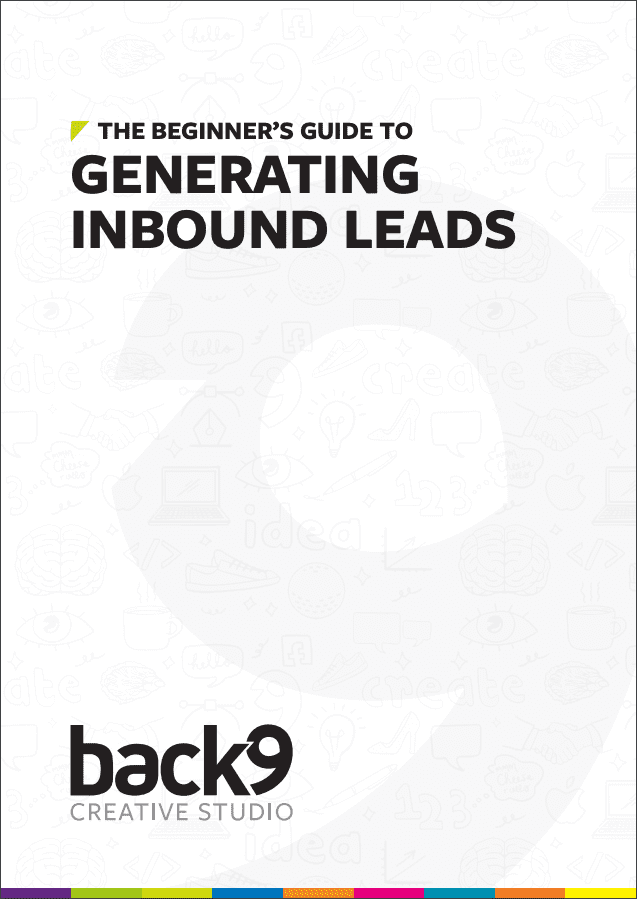Many people think that if they are already busy, having a website won’t be much help. So do you really need a website if you have enough clients?
The short answer is yes, even if your business is happily ticking along, you are busy enough with word of mouth, and things are just plain fine and dandy. Your website is not always for your business but it’s for your customers too. With 70% of the buying decision now being made before a client has already contacted you, and 74% of people say website design affects their trust in a website, people want to be able to research and have their questions answered – and trust your answers are unbiased and accurate.
Take buying a new fridge for example. You can do a Google search from the comfort of your home and find out everything you want to know. You don’t have to go to a shop and be wondering will fit in your space or traipse the town finding parks while contending with bored kids, sideways wind, and salespeople eager to get you to buy something now.
Online, you can browse through all the main retailers to compare prices, specs, and measurements. If all the information you need is online, you just have to pop in and tell the store what you want!
Customers do research ahead of time
Potential customers want to research, research, research. Take a more complex and expensive purchase like renovating your home or building a new house. All those expensive things you just do not want to get wrong. The more expensive something is, the more research you’ll want to do first. You want to be absolutely sure that you have the right product and that you’re getting it from the right company. So if you’re a business owner, how can you make yourself out to be that company?
If you are good at what you do, don’t you owe it to your potential customers to inspire them with work you have completed and make sure they are getting the best people for the job? As someone who prides themselves on doing the right thing does it not grind your gears when you hear horror stories of shortcuts and shoddy workmanship when you know if they had just come to you they could have avoided all that?
This is where your work, your testimonials and reviews come into play. You need a place to house them and a website is perfect for this. Word of mouth is fine for people that are in your circle but there could be good clients out there that simply have not come across you yet.
Weed out bad fits and streamline the contact process
One possibility of having a website that may sound counterintuitive is that some companies end up with fewer people contacting them for a bit. Why would that be? It’s because if you have enough information on your website, customers can decide from there if you’re a good fit. You’ll be less likely to get tyre kickers and more likely to get people who are already interested in what you offer. This can also save you time. You’re less likely to have to put down your tools and stop what you’re doing to answer a call that leads to nothing or to answer a quick question. Instead, if this information is online, you can focus on what you do best– plain old fashioned hard work!
A website can prove you’re the expert
Customers want to know all their options to make the best decision for them. Remember, they don’t hold all the knowledge that you do as an expert in your field. I recently had a friend build a house and when asked about what sort of windows they wanted they just didn’t know what they didn’t know and felt like a deer in headlights. What are the options, what are the colours, styles are there extra things I can add? They didn’t know. If the customers don’t know this information ahead of time, that means more time for the worker to explain the options–or worse, don’t do it at all!
Simplify your processes
Helping your clients understand what you do and what you offer can save you time when it comes to quoting as well. With you providing everything they need to know on a simple, well-designed website, research is enjoyable and gives them time to figure out what they do and don’t like. A website can take away some friction for you quoting as well you can have an informed two-way conversion with the client as to why that may or may not work. You have educated them before bombarding them with industry jargon and on-the-spot decision making.
If there is one thing you don’t want is a house full of windows that just aren’t quite right and Joe down the road has all the bells and whistles that you didn’t even know existed. You owe it to consumers to share what you do and how well you can do it. Sometimes people want to be inspired by work they see online and how they can go about creating this for themselves and sometimes they just want to make sure that your services fit what they are looking for so they are not wasting your time.
Think about last time that you bought something with a difficult buying process that left you feeling in the dark. A website can help make sure you aren’t doing that to your potential customers!







![Are you too busy to market your business? [VIDEO]](https://www.back9.co.nz/b9/wp-content/uploads/2021/02/Are-you-too-busy-to-market-your-business-Banner.jpg)




